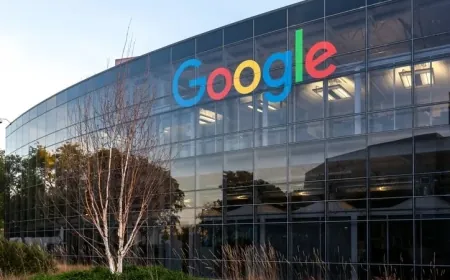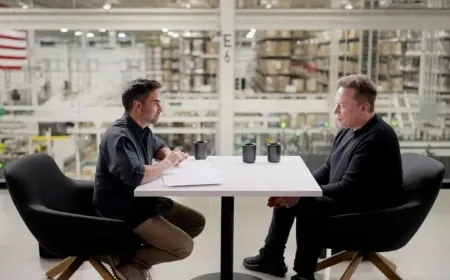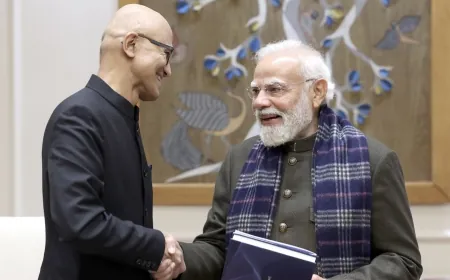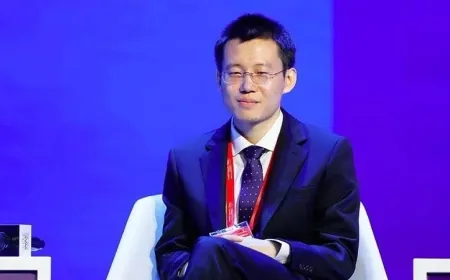Vatican Partners with Microsoft to Launch AI-Powered Virtual St. Peter's Basilica for Global Visitors
Step into St. Peter’s Basilica from anywhere in the world with the new AI-powered digital twin, created by the Vatican and Microsoft. Discover its history, art, and architecture through stunning virtual tours while supporting vital preservation efforts.
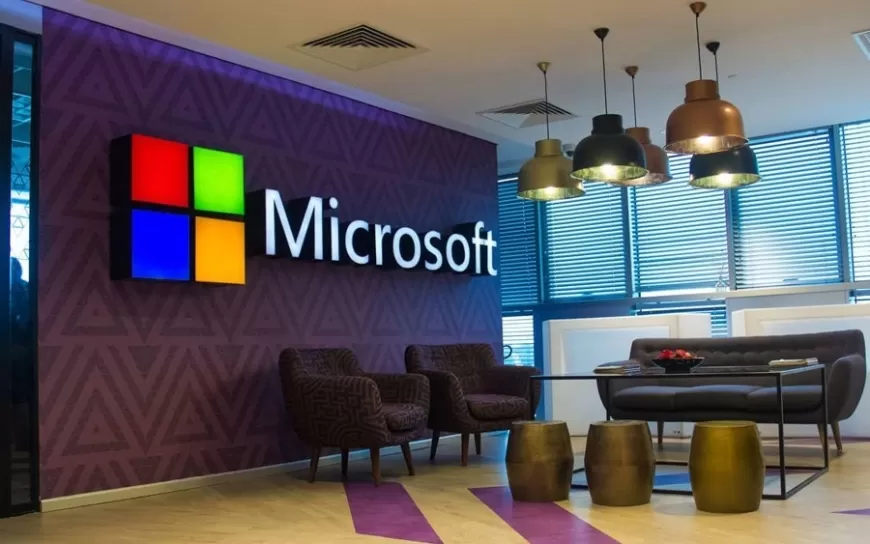
The Vatican and Microsoft have officially introduced a cutting-edge digital twin of St. Peter’s Basilica, combining artificial intelligence (AI) and advanced photography to offer both in-person and virtual visitors a chance to explore the iconic church like never before. This innovative project aims to enhance the visitor experience and assist the Vatican in preserving the basilica’s architectural integrity.
To create the digital model, a team of experts used over 400,000 high-resolution images captured through drones, cameras, and lasers over a period of four weeks when the basilica was closed to the public. The result is a hyper-detailed 3D replica of the basilica, which will be accessible online alongside two newly launched exhibits on-site. Microsoft President Brad Smith described the project as "one of the most technologically advanced and sophisticated" initiatives of its kind.
This new initiative comes ahead of the Vatican’s 2025 Jubilee, which is expected to welcome over 30 million pilgrims, in addition to the 50,000 daily visitors that the basilica typically sees. Pope Francis welcomed the project during a meeting with Smith and the team behind the digital twin, emphasizing the importance of making the basilica accessible to everyone. "Everyone should feel welcome in this great house," he remarked.
One of the standout features of the project is its virtual accessibility. The digital twin allows people from anywhere in the world to “visit” St. Peter’s Basilica, learning about its rich history and breathtaking architecture. The 3D model is the product of a collaboration between Microsoft and the digital preservation company Iconem, and it consists of 22 petabytes of data — an amount large enough to fill five million DVDs. This high level of detail enables virtual visitors to experience the basilica’s beauty with stunning clarity.
In addition to offering an interactive virtual tour, the digital twin plays a vital role in helping the Vatican identify areas in need of restoration. The AI-powered system has already detected structural damage, including cracks, missing mosaics, and signs of deterioration that would be difficult for the human eye to spot. This advanced technology allows for quicker and more precise identification of preservation needs, ensuring the basilica’s longevity for future generations.
Pope Francis has long advocated for the ethical use of AI, stressing that technology should align with human values of compassion, morality, and forgiveness. In his annual World Peace message this year, he called for global regulations to ensure AI is used responsibly. The Vatican’s collaboration with Microsoft reflects these values, as the project aims to balance modern technology with the preservation of cultural and spiritual heritage.
In his remarks, Pope Francis also highlighted the significance of the basilica, saying, "This house of prayer for all peoples has been entrusted to us, and it is our duty to care for it, both spiritually and materially, using the latest technologies." He expressed his gratitude to the Microsoft team and the basilica workers who helped bring the project to fruition.
Though the financial details of the project have not been disclosed, Brad Smith described Microsoft’s investment as "substantial." This initiative follows Pope Francis’ 2018 call for tech companies to unite and promote AI solutions that prioritize ethical considerations. Microsoft has previously applied AI technology to cultural preservation efforts, including projects at Mont Saint-Michel in France and Ancient Olympia in Greece.
This collaboration between the Vatican and Microsoft marks a significant step in the integration of AI into cultural heritage conservation, providing a valuable tool for both virtual exploration and the long-term preservation of one of the world’s most visited and revered monuments.
Also Read: OpenAI Plans Shift to For-Profit, Works Closely with Regulators on Next Steps

















































